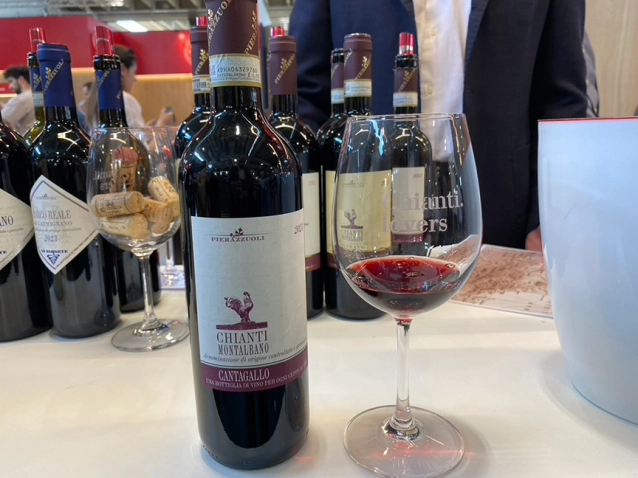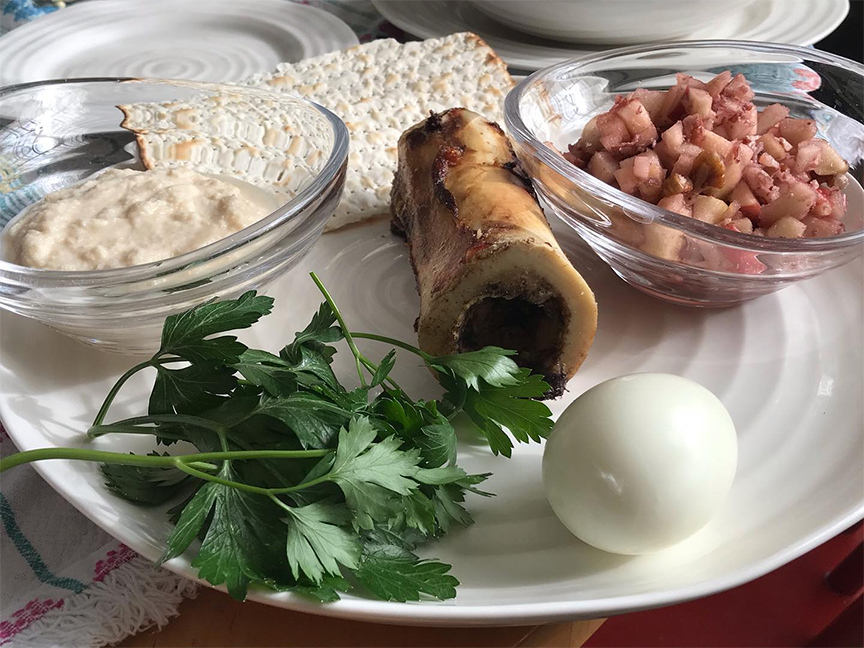 Writing on the fly this morning as I prepare my keynote talk for the Top Drop festival in Vancouver BC this morning.
Writing on the fly this morning as I prepare my keynote talk for the Top Drop festival in Vancouver BC this morning.
But have to give a warm shoutout and thanks to wine director Andrew Forsyth at L’Abattoir in the city’s Gastown.
 On the recommendation of the festival organizer, I popped in last night for an extraordinary glass of 2015 Chardonnay by Quail’s Gate in the Okanagan Valley.
On the recommendation of the festival organizer, I popped in last night for an extraordinary glass of 2015 Chardonnay by Quail’s Gate in the Okanagan Valley.
Wow, what a wine! Still extremely fresh, it was like biting into a bowl of lovingly ripened tropical fruit.
 Paired fantastic with the restaurant’s signature baked oysters topped with a savory zabaione.
Paired fantastic with the restaurant’s signature baked oysters topped with a savory zabaione.
I went with Andrew’s excellent recommendation but I could have gone a thousand different directions with his gorgeous list (and wow, the prices in Canada are great!).
I was also super impressed by the general esprit of the staff. Everyone I interacted with engaged me with conversation and notes on the menu and wines. I loved this place and highly recommend it.
Oh, and please don’t tell Tracie that I had the below for a late-night snack (not at L’Abattoir, obviously!).
This is such an amazing food and wine town! I’m looking forward to the festival tonight and tomorrow and hopefully will get some raw oysters in before I head out tomorrow for California.
Thanks for being here! Wish me luck and wish me speed…















